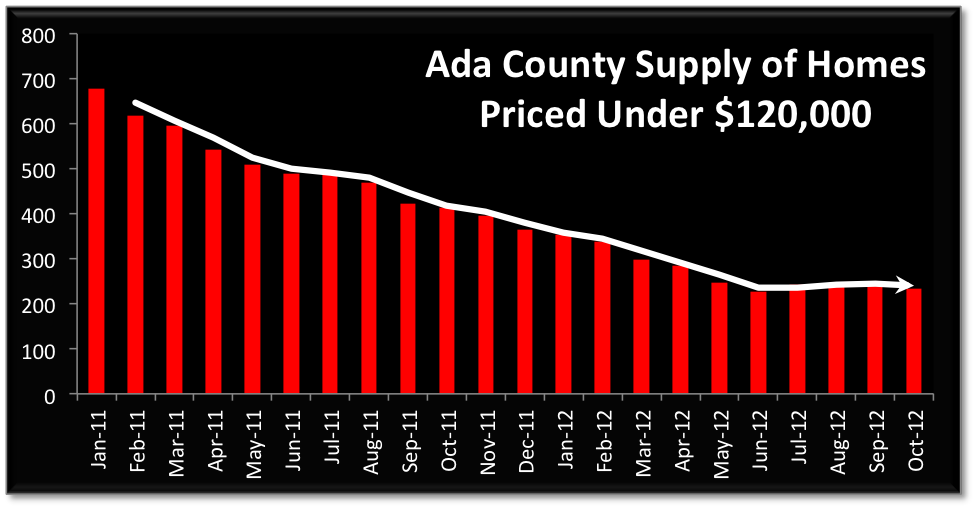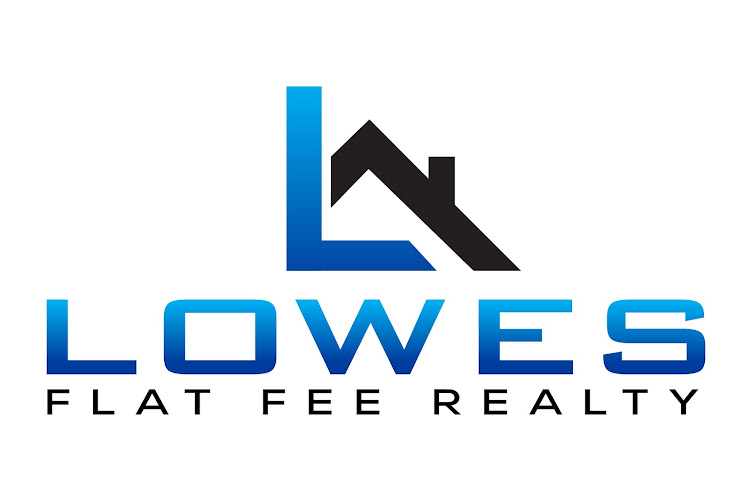by Marc Lebowitz, RCE, CAE Executive Director Ada County Association of REALTORS Sales in September 2012 were 563 in Ada County, an decrease of 3% compared to September 2011. Year-to-date sales are 5,258; 9.13% over the first nine months of 2011.
Dollar volume for September was up 14% to $117Mil. For the year we are at $1.043Billion!
New homes sold in September increased 53% over new homes sold in September of 2011!!…and are up 63.4% YTD.
Historically, September sales decrease by 9% from August. September 2012 sales decreased by 20% from August 2012.
Of our total sales in September… 21% were distressed (112 total sales)….unchanged from August 2012. In September 2011, 42% of our sales were distressed. In January 56% of distressed properties were REOs and 44% were short sales. In September the ratio was 71% short sales (79 total sales) and 29% REOs (32 total sales). This is six consecutive months with short sales being the larger percentage of distressed properties sold.
Pending sales at the end of September were 1,110; unchanged from the end of August. In general pending sales in May are the highest of the year; and June the second highest. The percentage of pending sales in distress increased 1% from August, totaling 28% overall. There has been very little fluctuation in this number since May 2012 when we first went below 30%. A year ago we were averaging close to 50% of pendings in distress; but have decreased steadily since January. Of Pending sales in distress, short sales outnumbered REO’s 2.5 to 1.
At the end of September, we had 28% more sales pending than at the end of September 2011.
September median home price was $174,990; up 21% from September 2011. Median home price is up 27% since January of this year and above $150,000 for eight months running. We continue to outpace our national recovery; according to
NAR’s most recent report.
New Homes median price for September was $240,565; up 12.5% from September 2011.
The number of houses available decreased 1% from August; reversing a five month trend of modest increases. At the end of September our total active inventory was 2,092 homes. This is 9% less than last year at this time.
At the same time, the percentage of distressed active dropped 1% to 23%. This is the lowest number we’ve seen in several years. We have been hovering between 33% and 36% for the last year. We remain well below the 40% levels set last spring….when we were on the increase.
With an inventory increasing and the percentage of distressed inventory decreasing; median home price will continue to strengthen.
Of our Distressed Inventory 91% is Short Sales (437 homes) and only 9% is REO (43 homes); nearly unchanged from last month.
Available inventory declined in most price points. We added eight homes in the $200,000 to $250,000 and ten homes in the $400,000 to $500,000 price ranges…and…we added one home in the $700,000 to $1,000000. All other price points had decreases in available inventory.
The number of available new homes increased in the price ranges of $160,000 to $200,000 by a total of ten homes; and by seventeen homes in the $250,000 to $300,000.
In Ada County we now have less than 3.2 months of inventory on hand.
The price category in shortest supply is in the range of $120,000 to $159,999 where we have 2.3 months. All price points up to $400,000 have less than 4 month’s supply. We have benefited for nearly two years from inventory levels much lower than national average.
Multiple offers are much more prevalent; now becoming the norm.
Based on September sold data, our most desirable price point is $120,000 to $160,000 which was 23% of total sales. The next largest price point sold is $160,000 to $200,000 at 15.4% of all sales.


